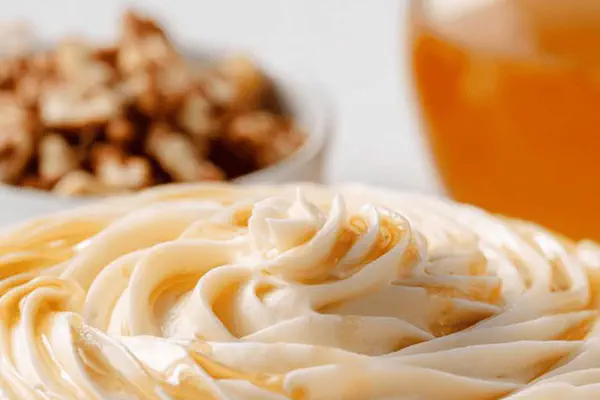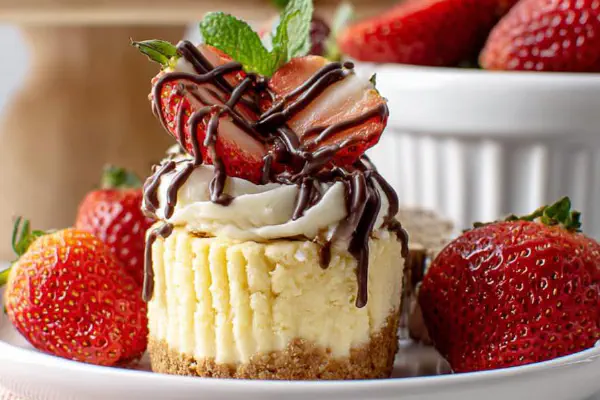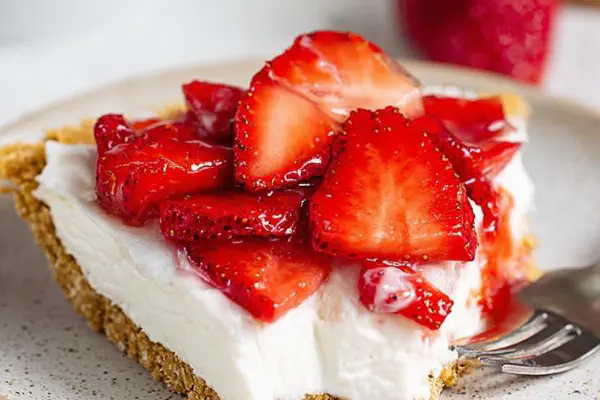Maple Cream Cheese Frosting Twist

By Emma
Certified Culinary Professional
Ingredients
- 6 tablespoons unsalted butter softened
- 5 ounces full-fat cream cheese softened
- 3 tablespoons pure honey
- 1 teaspoon pure vanilla extract
- 1⁄4 teaspoon fine sea salt
- 2 tablespoons powdered sugar adjust as needed
About the ingredients
Method
- Beat butter in medium bowl until color lightens and texture is fluffy. Should scrape sides easily; noisy but satisfying.
- Add softened cream cheese in chunks to avoid curdling; beat on low until fully incorporated, no streaks of white or lumps remain.
- Drizzle honey which replaces maple syrup here for a floral undercurrent; stir on medium speed until uniform.
- Mix in vanilla and salt. Salt sharpens and balances honey’s sweetness; don’t skip or overdo—just enough to tease background flavors.
- Check consistency. Should cling to spatula, ribbons falling thickly. If loose, sift in powdered sugar a spoonful at a time, mixing well after each, until mixture holds stiff peaks but not dry.
- If accidentally too soft, refrigerate 10 minutes and re-whip. Avoid adding too much powdered sugar—can mask the honey and turn gritty.
- Use immediately or store in airtight container in fridge up to 2 days. Bring to room temp before spreading; whisk briefly to loosen.
- Common misstep—adding cream cheese cold; leads to clumps or breaking. Warm about 30 minutes on counter to soften but not melt.
- Efficiency tip: Beat butter alone first to fluff and add air; foundation of stability. Then gently fold cream cheese so frosting stays smooth, not curdled.
- Honey swap for maple changes aroma and texture subtly. Maple syrup brings moisture; honey a tad thicker, less runny. Adjust powdered sugar accordingly.
Cooking tips
Chef's notes
- 💡 Beat butter first alone till pale and fluffy. Key step. Noise changes. Bowl almost hollow under whisk. This adds air, foundation of light texture. Don’t rush or skip. Then fold softened cream cheese gently; avoid overbeating which breaks texture. Curds form if too aggressive. Use chunks, low speed on mixer or slow manual fold. Texture shifts noticeably when smooth—stop immediately.
- 💡 Honey replaces maple syrup here; thicker, floral, less runny. Adjust powdered sugar carefully after honey goes in. Too much sugar kills softness and unpredictably dulls flavor punch. Mix sugar gradually, spoon by spoon. Check ribbons off spatula; they should hold but still move. If loose after mixing, sift more sugar slowly. Over-sweetened frosting feels grainy; it’s a real trap.
- 💡 Temperature matters big time. Cold cream cheese kills; lumps form fast. Warm on counter 30 minutes max. Not melted, just soft to touch. Butter too soft means greasy mess—softened but still shaped. Once mixed, if frosting is too soft, chill for 5 to 10 minutes. Rewhip to puff it back up. Fridge rearranges fats and solids, firming but not drying. Perfect chain reaction timing here.
- 💡 Salt is tiny but mighty. Pinch wakes up all those flavors hiding behind sweet layers. Don’t overdo it; salt cuts and highlights at once. After mixing honey and vanilla, salt blends better. Stir well. Skipping salt leads to flat, dull mouthfeel—taste at end to check. Vanilla should be pure; complexity sharpens contrast with sweet and tang. Cheap extracts dull the whole profile.
- 💡 Watch the consistency visually and by feel. Gloss plus stiff ribbons that fall in medium-thick waves means ready. Sticky but not dry is the balance. Piping needs firmness; spreading wants softness. If too wet, frosting slips, losing shape; too dry screws mouthfeel and makes crusty cakes. Also, note shiny surface. Dullness hints at over-sugar or over-chill. Stir gently if needed before use.
Common questions
Can I swap honey back to maple syrup?
Yes, just more liquid. Maple thinner, so adjust sugar down a bit. Mix slowly to avoid runny texture. Maple adds woody notes but changes moisture balance; may need longer chilling.
What if cream cheese lumps happen?
Happens if cold or overworked. Warm cheese first. Fold gently. If lumps form after mixing, try short burst beating or strain before adding sugar. Alternative is mascarpone which blends smoother but less tangy, watch sweetness balance.
How to fix frosting too soft?
Chill 5–10 min, then whip again briefly. Softness usually means fat temperature or too little sugar. Avoid adding sugar in big dumps; gradual is key. Also check butter state before mixing; greasy too-soft butter foils structure.
How long can I store frosting?
Airtight fridge up to 2 days max. Texture tightens with time, stir or briefly warm to loosen before serving. Avoid freezing; breaks emulsion and texture then gets grainy. Room temp briefly before spreading, but don’t leave out hours.



